The tradition of giant processions during Holy Week or Easter Week in Spain - Photo: SUR
With a tradition dating back hundreds of years, the cities of Sevilla, Valladolid, Zamora, Cuenca, Málaga, ... in Spain all organize processions during Holy Week, or Easter Week, which is a week from Palm Sunday (marking the event of Jesus entering Jerusalem before his death) to Easter Sunday (the event of Jesus' resurrection after being crucified and dying on the Cross).
Most of the palanquins are huge and carried by dozens or even hundreds of people. The palanquins are elaborately decorated.
The statues, placed on life-sized palanquins, depict scenes and events from the Bible about Jesus's journey to death, or about the grief of the Virgin Mary when she had to witness her son's execution.
The palanquin bearers often wear special costumes, covering from head to toe called “penitent” cloaks as a way to show repentance when Jesus was crucified and died to wash away the sins of humanity.
A set of penance robes consists of a long robe, a headscarf, and a conical hood that covers the entire face of the wearer. The color of the penance robes will depend on the theme color of the palanquin, which can be black, purple, green, or white.
Some processions will require the palanquin bearers to go barefoot or wear chains or shackles on their ankles as an act of penance.
The processions, which attract thousands of locals and tourists through the small alleys, create a unique scene in some regions of Spain every Easter.
Among them, the processions in the city of Málaga, in the province of Málaga of the same name, are considered the most famous and the most magnificent. The processions in the city of Málaga are relatively larger, some of which can weigh more than 5 tons and are carried by hundreds of people.
The palanquin bearers wear "penitent" robes with pointed hats covering their entire faces, showing repentance for their sins - Photo: SUR
Dozens of people carry a palanquin depicting Jesus Christ entering Jerusalem before his crucifixion on Palm Sunday, April 13. Palm Sunday marks the event when Jerusalemites waved palm leaves to welcome Jesus Christ and also marks the beginning of Holy Week - Easter Week - Photo: SUR
A palanquin bearer folds the Cross from a coconut leaf through two small holes in the hood - Photo: SUR
Statue depicting the arrest of Jesus Christ during a procession in the city of Málaga on April 14 - Photo: SUR
"Seas of people" filled the streets as the procession with dozens of people carrying the palanquin passed by - Photo: SUR
A teenager stands out when he lifts his hood amid a procession wearing a red penitential cloak in the city of Málaga on Holy Monday (April 14) - Photo: SUR
The statue of Jesus carrying the Cross up Calvary Hill, where He was crucified, was covered with plastic due to the sudden rain on Holy Tuesday, March 15 - Photo: SUR
The palanquin bearers hugged each other in the rain because the palanquin procession on March 15 had to be postponed due to heavy rain. The people also cried because they were afraid they would not be able to carry the palanquin due to the bad weather - Photo: SUR
The custom of releasing one prisoner every Holy Wednesday dates back to the reign of King Carlos III (18th century) in the city of Málaga. However, on April 16, Málaga released two prisoners at the same time for the first time - Photo: SUR
Close-up of the giant palanquin depicting the scene of Jesus' last Passover meal with his disciples on Holy Thursday, April 17 - Photo: SUR
The palanquin on Good Friday, April 18, recreates the image of Jesus' body after being taken down from the Cross - Photo: SUR
On the evening of April 18, people carried a procession of the Virgin Mary. The statue depicts the extreme pain of the Virgin Mary when she had to witness her son being tortured, beaten, humiliated and finally nailed to the cross - Photo: SUR
Spain's Minister of Industry and Tourism Jordi Hereu estimates that around 15 million tourists will visit the country in March and April, the Easter season, up 9% from the same period last year.
He also predicted that tourist spending in Spain would increase by 13% year-on-year in 2024, bringing total tourist spending in the country to 20 billion euros.
However, hoteliers in Spain are worried that many tourists will cancel their bookings due to forecasts of rain on Easter Sunday.
Easter 2025 will fall on April 20, later than in previous years. This coincides with the start of Spain's peak tourist season.
Notably, the Holy Week processions in 2025 in Málaga are expected to help the city attract a "huge" number of tourists.
According to local government estimates, Málaga contributed 39.7 million euros to the Spanish economy from religious events and activities during Holy Week in 2024.
UYEN PHUONG
Source: https://tuoitre.vn/tay-ban-nha-ruoc-kieu-khong-lo-suot-mot-tuan-truoc-le-phuc-sinh-20250419085131622.htm


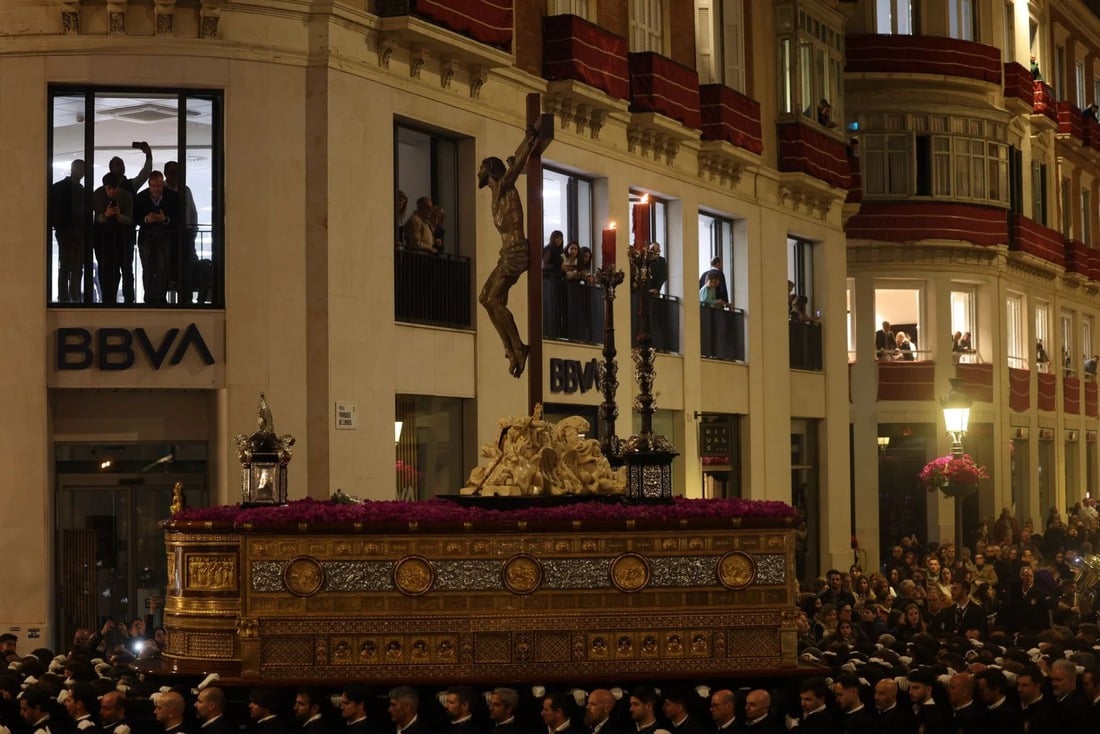

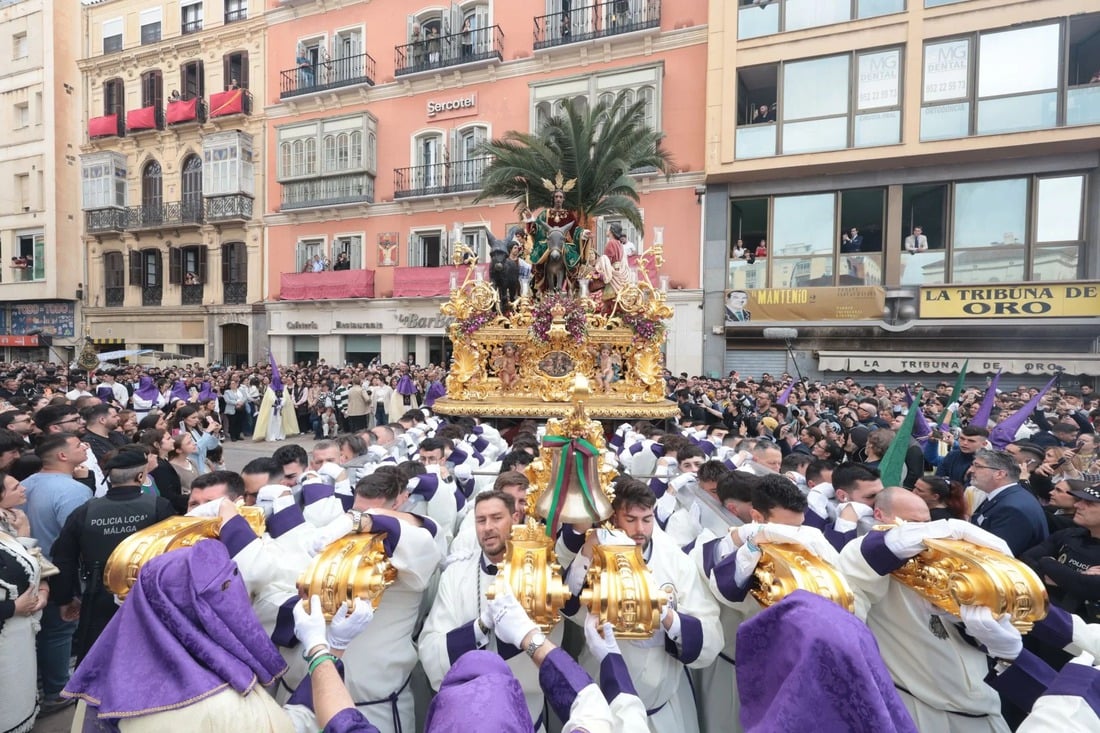
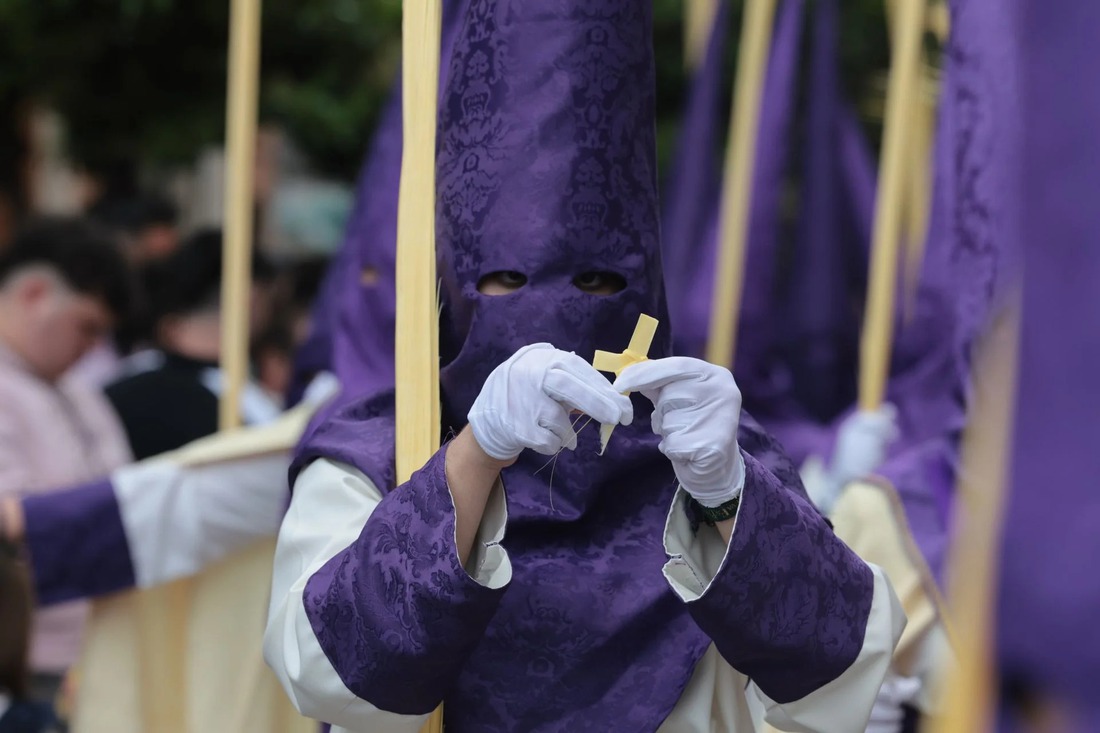
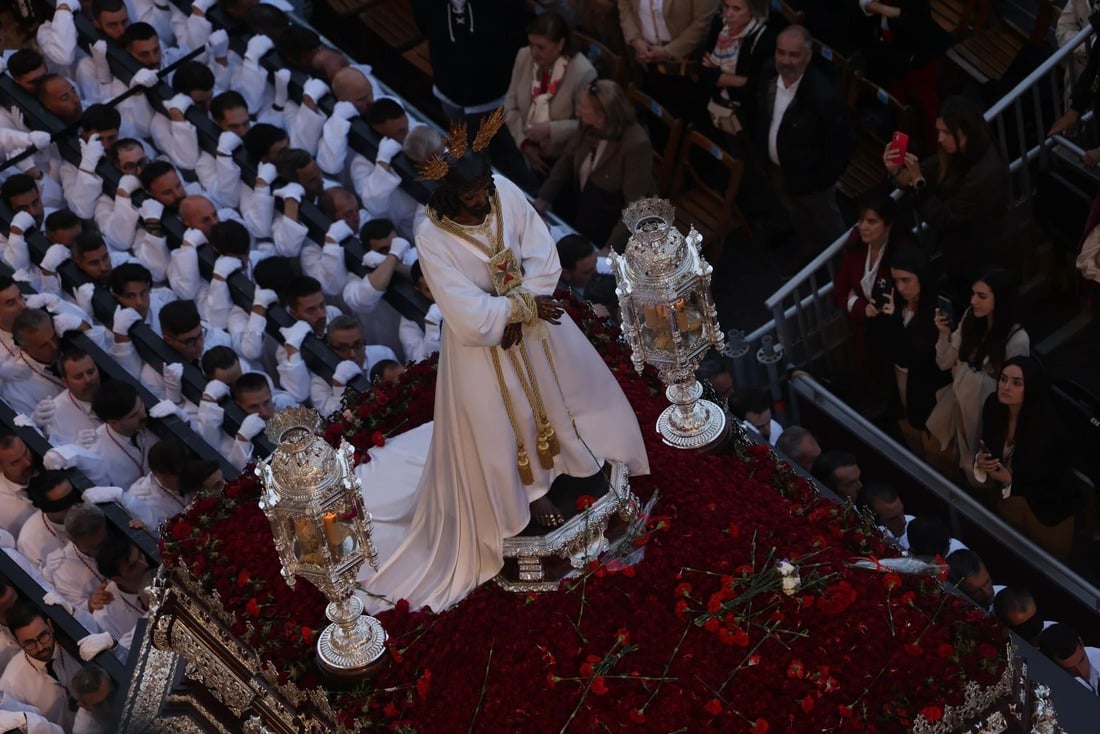
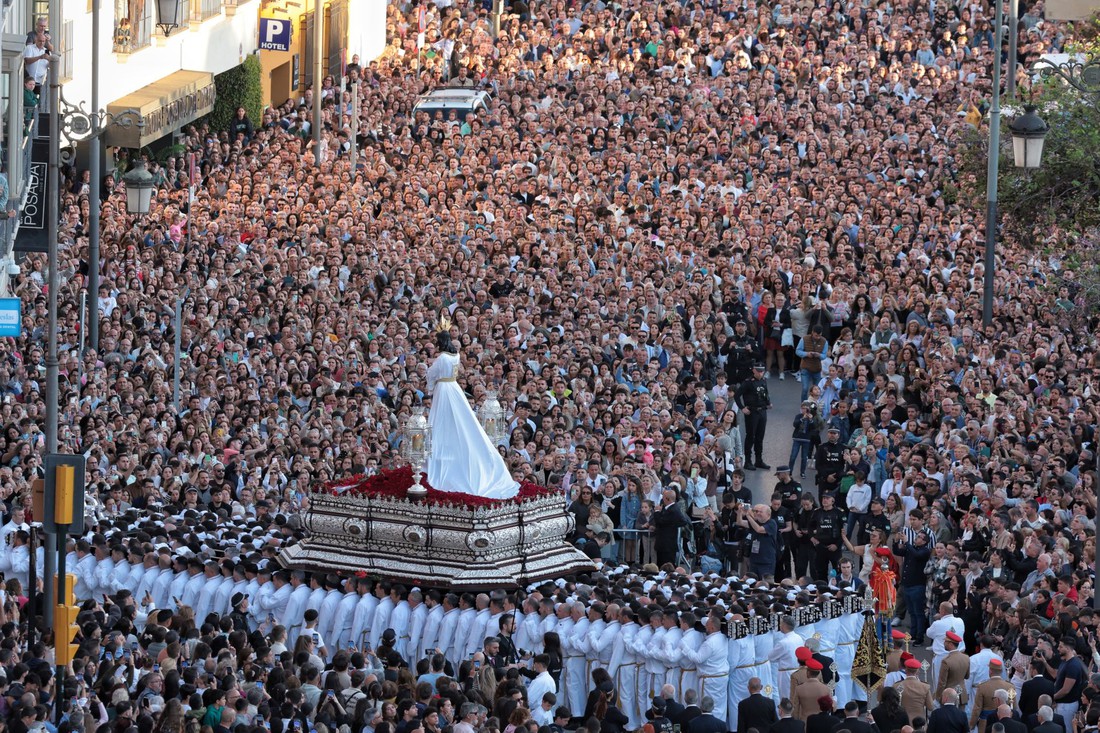
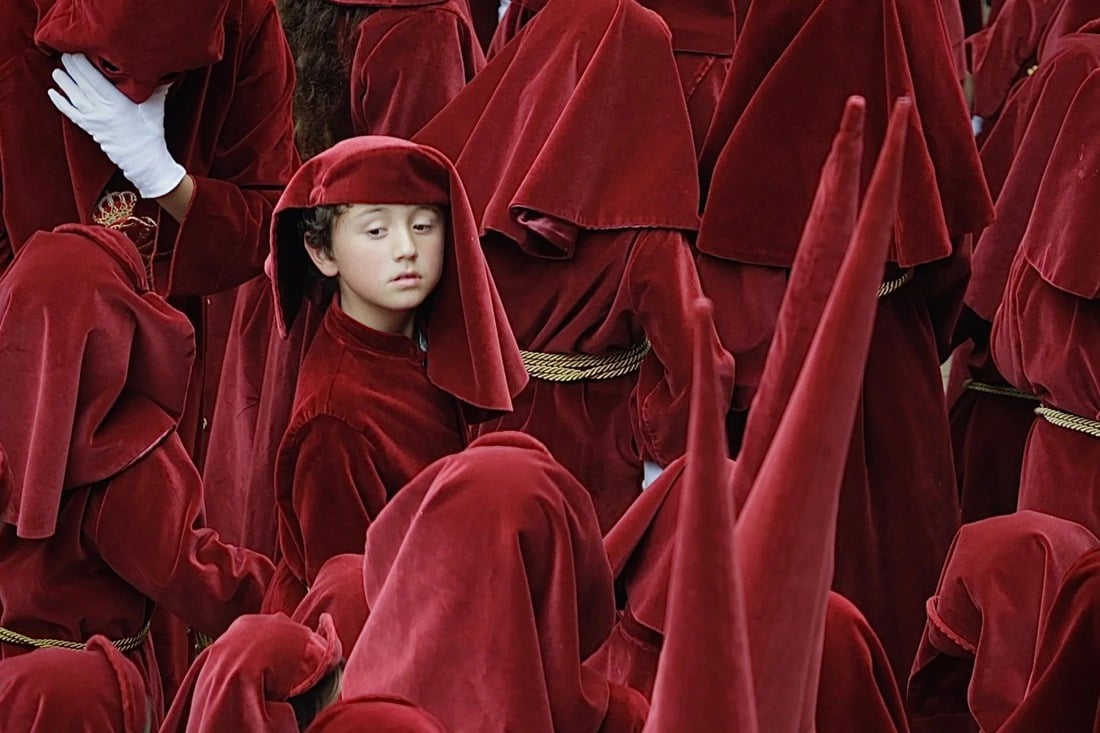
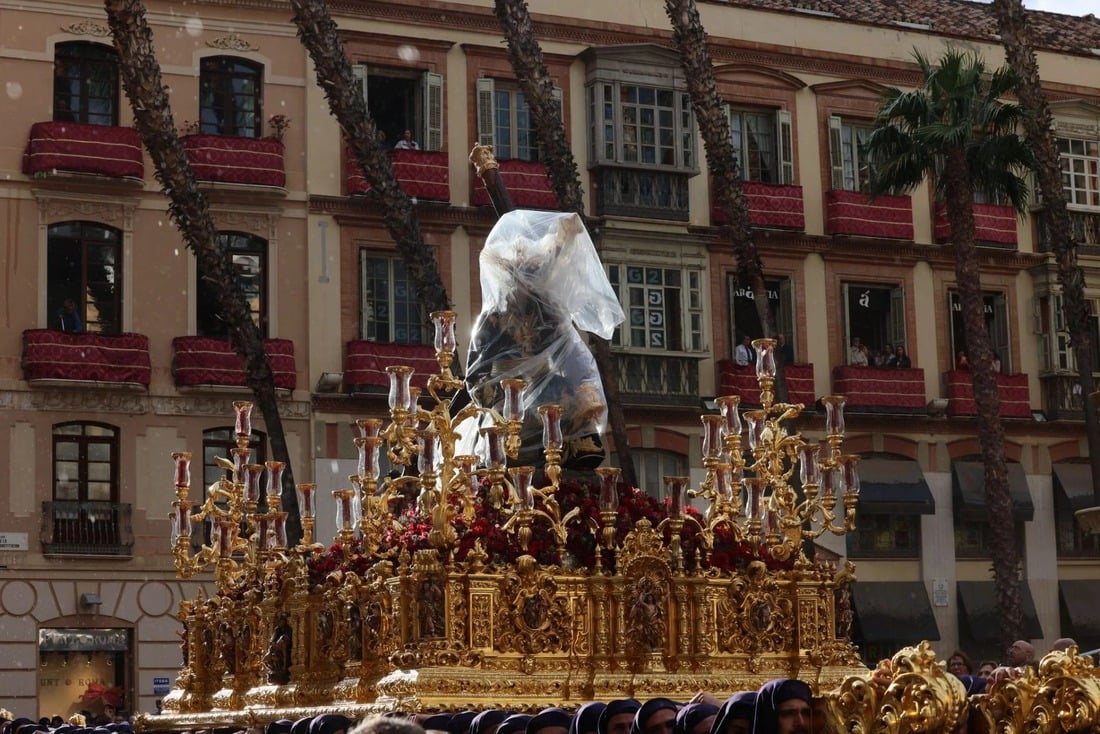
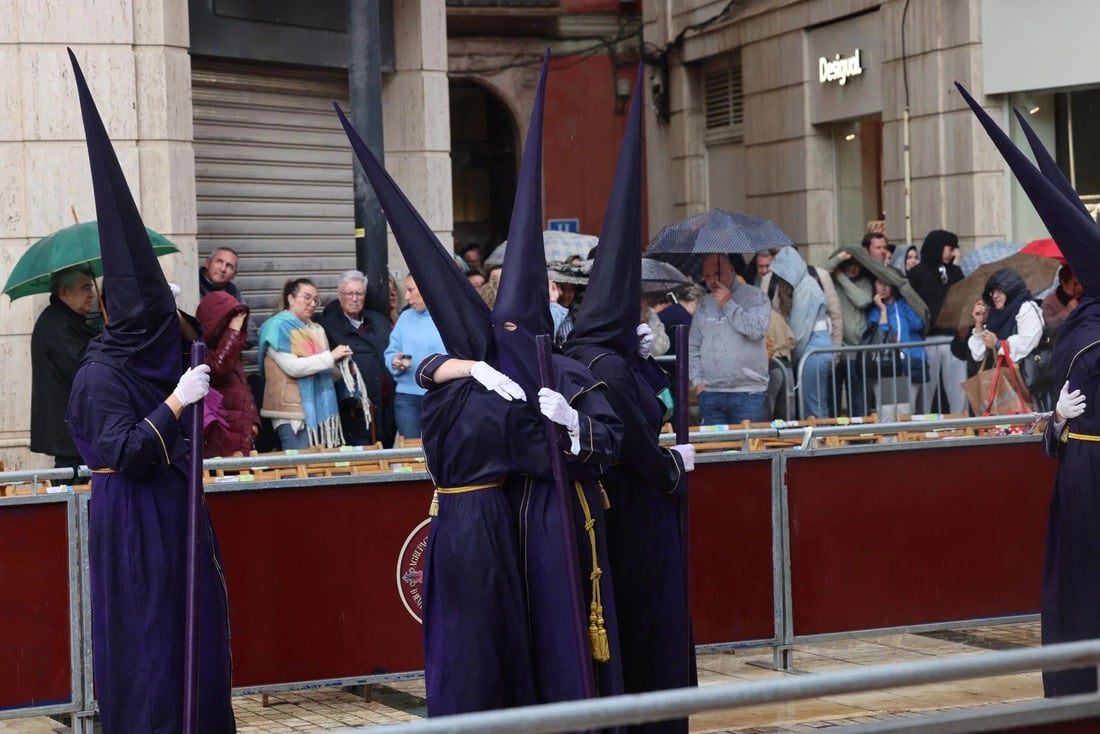
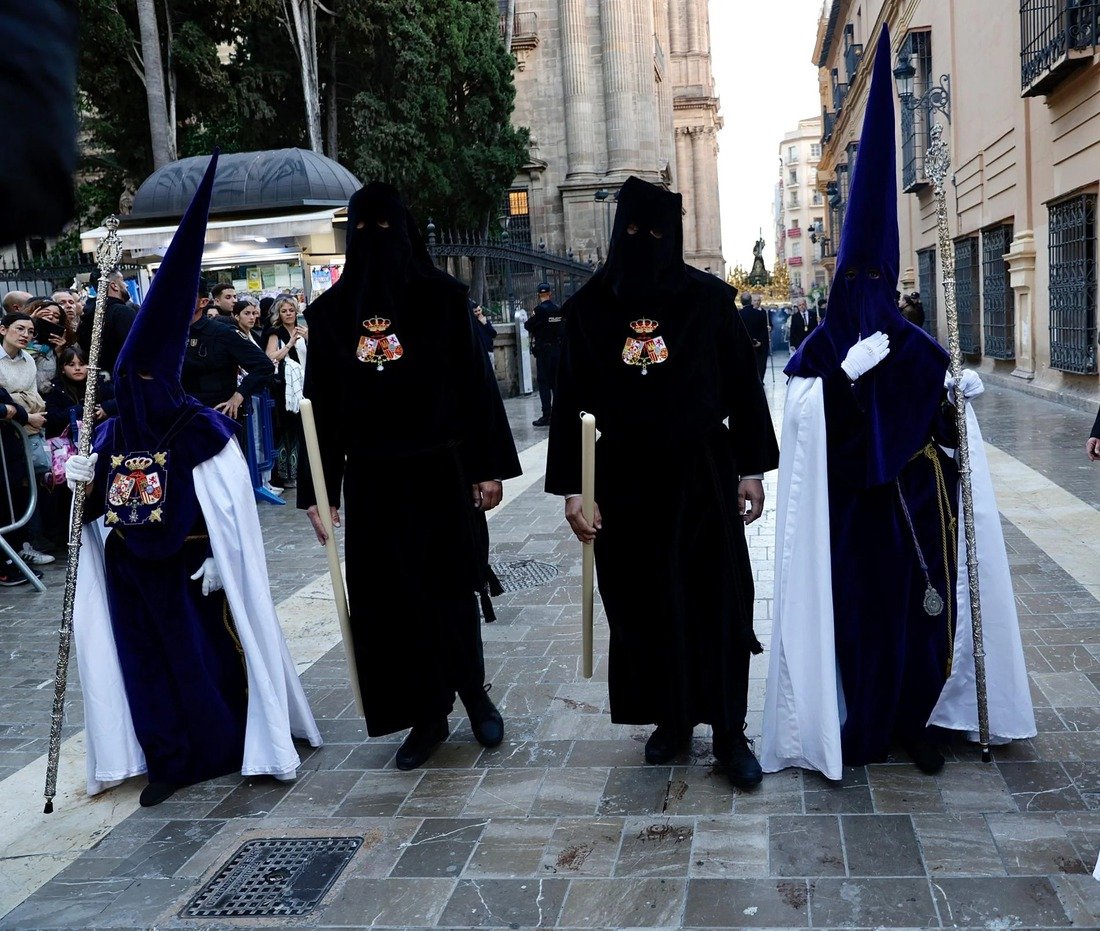
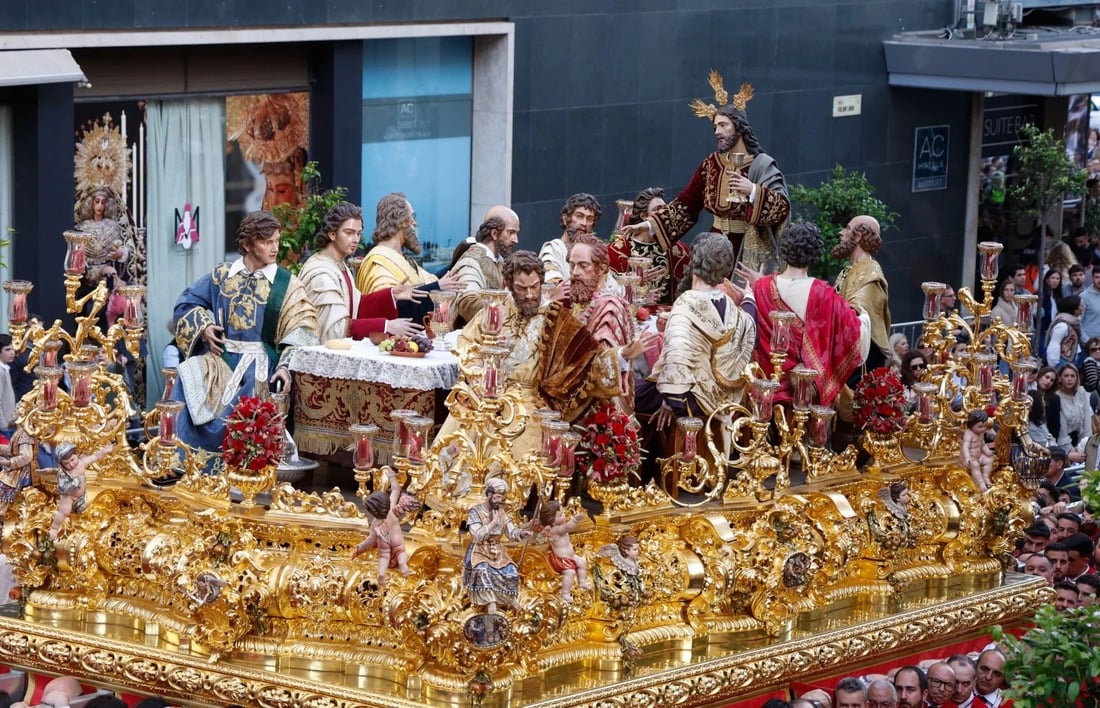
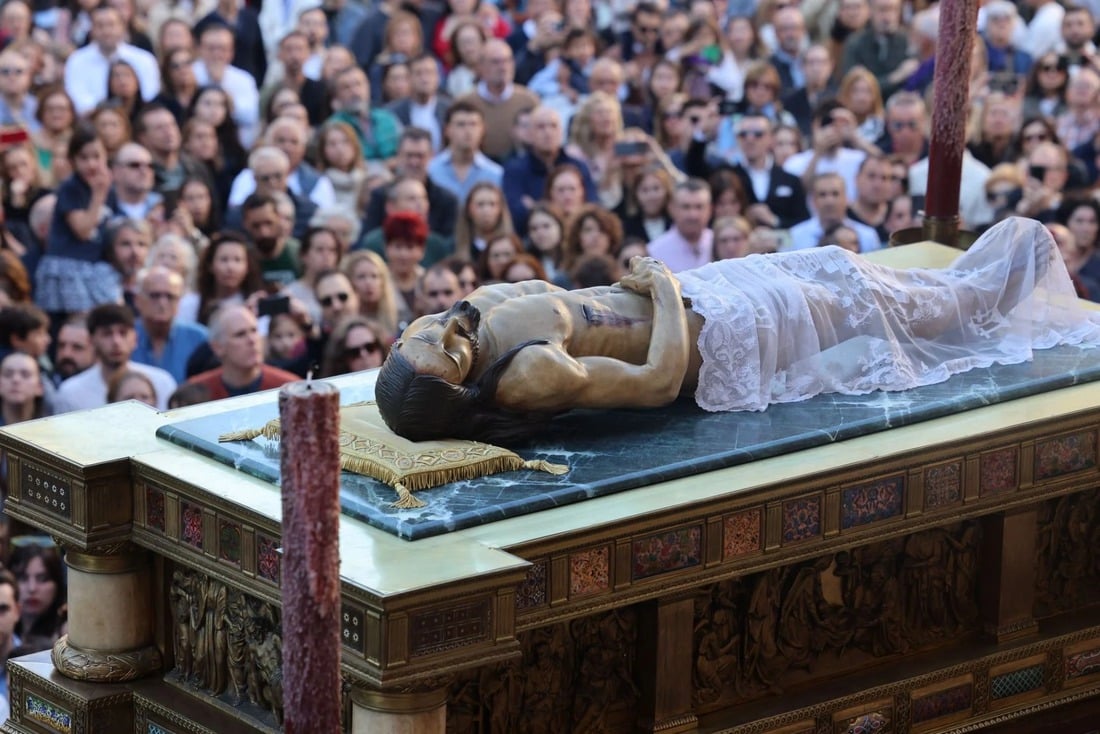
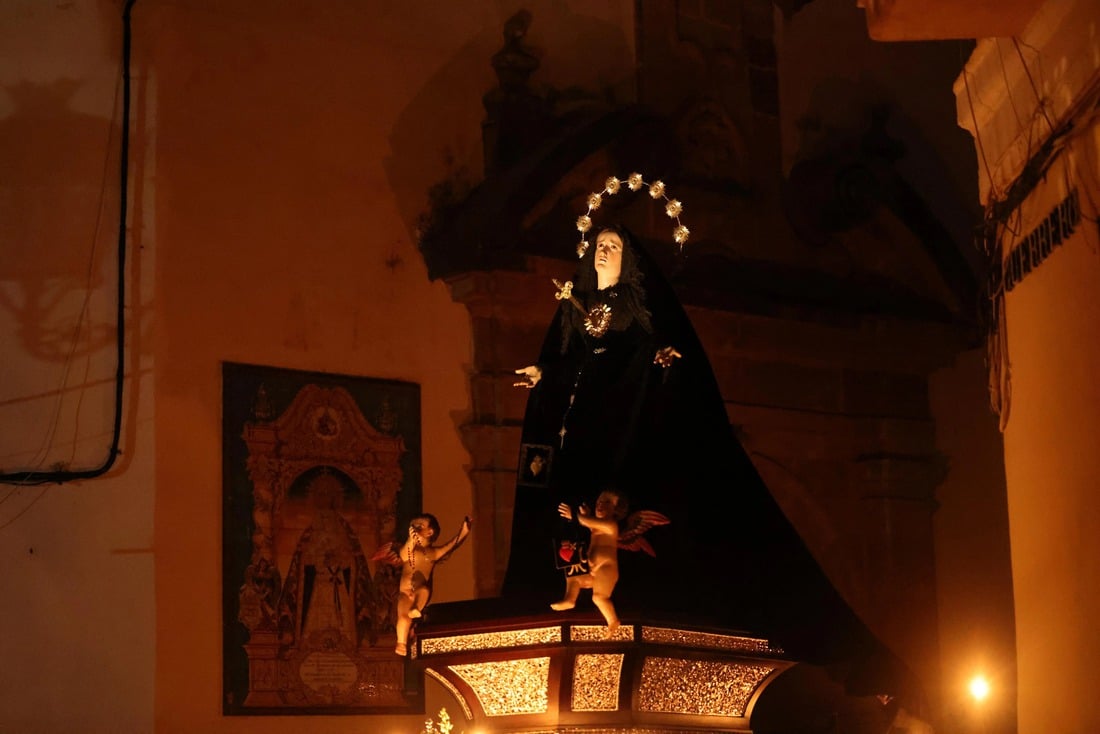
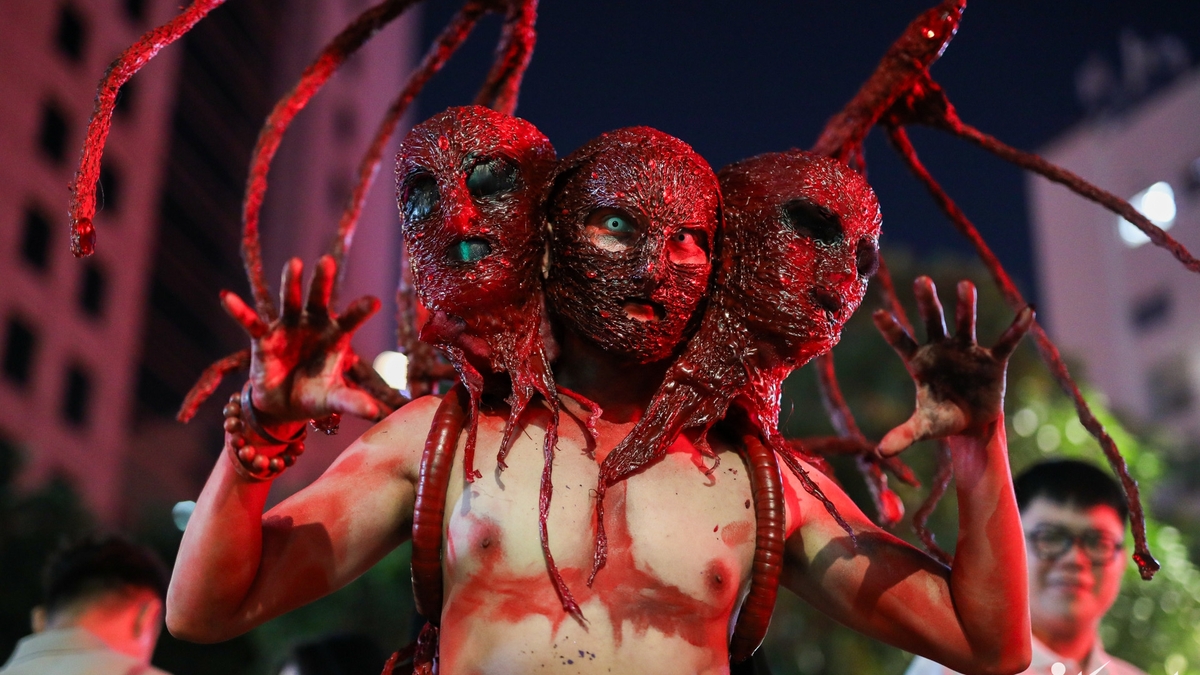




![[Photo] Party Committees of Central Party agencies summarize the implementation of Resolution No. 18-NQ/TW and the direction of the Party Congress](https://vphoto.vietnam.vn/thumb/1200x675/vietnam/resource/IMAGE/2025/10/27/1761545645968_ndo_br_1-jpg.webp)
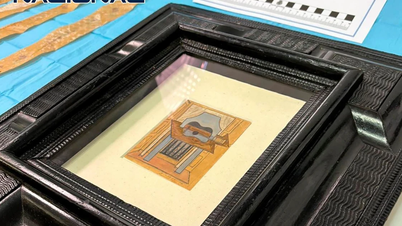







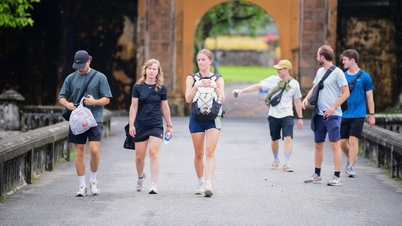



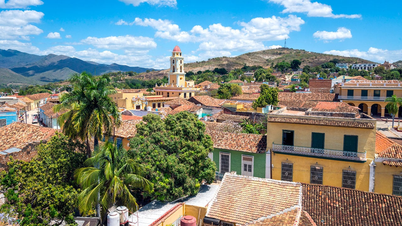


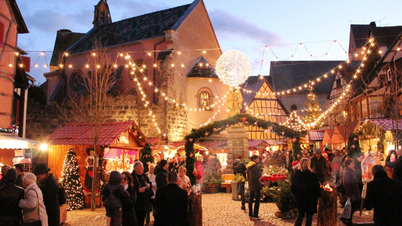






















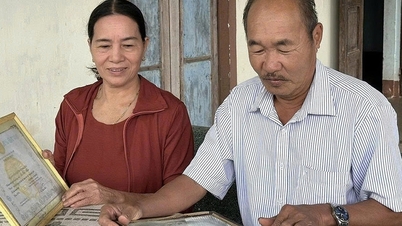








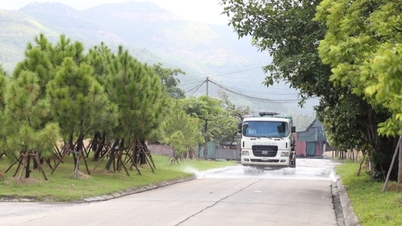



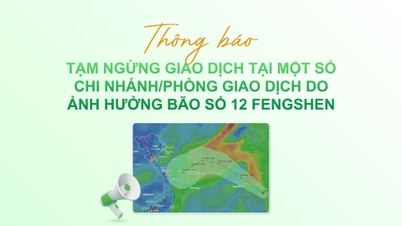







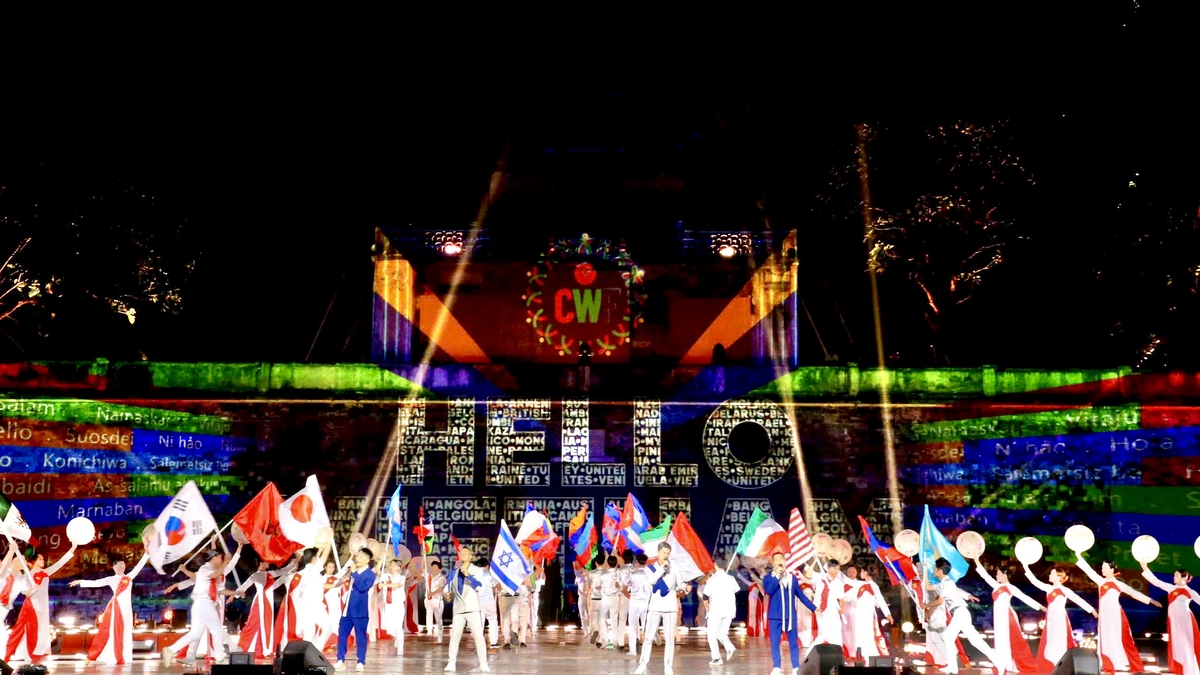







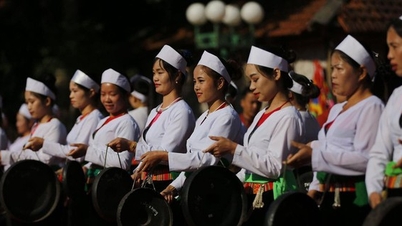







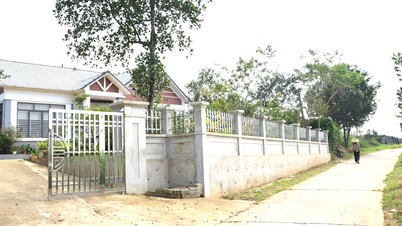

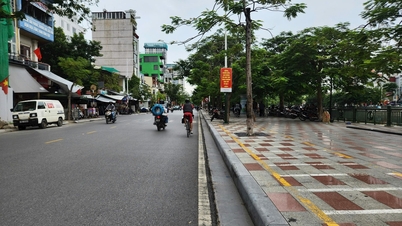






















Comment (0)